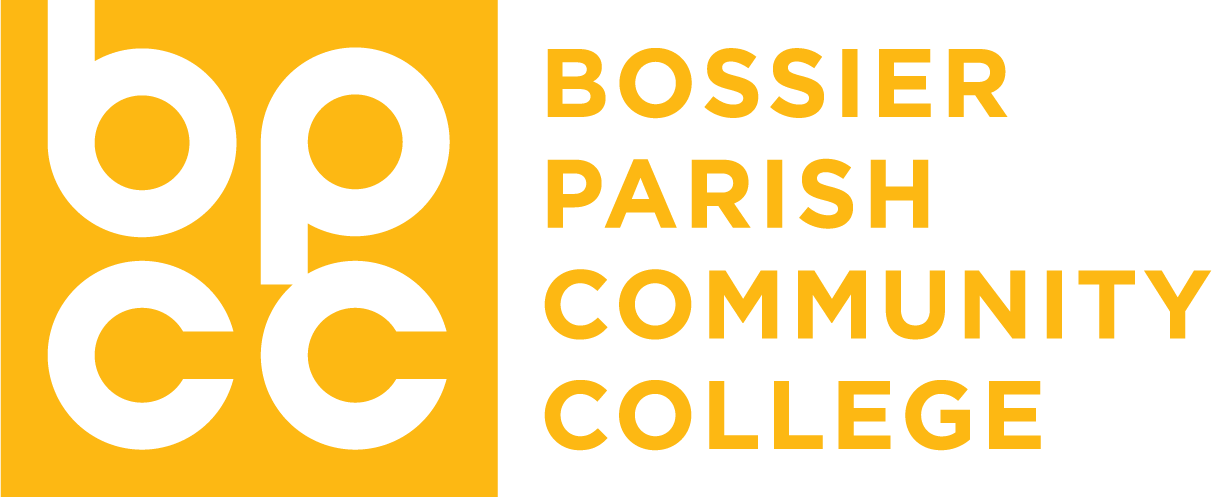Definitions
COA
Cost of Attendance, the total amount it will cost to attend a college or university. Typically in terms of one school year, calculated by the Financial Aid Administrator, FAA, and following guidelines set by law. Approximate cost of attendance can be found on the current Award Information Form.
Dependent vs. Independent Student
The independent student definition created by Congress is strict and is considered controversial by many students and parents. However, Federal regulations related to the classification of a student’s dependency status for financial aid must be followed by school financial aid administrators in determining one’s eligibility for federal and state aid funds. Whether a student lives in his own home or apartment and/or claims himself as an exemption on his federal income tax return has nothing to do with a student being considered independent for financial aid purposes.
The only way a student can become independent for financial aid purposes (which means the custodial parents’ income and asset information are not required on the FAFSA) is if the student meets at least one of the following guidelines.
EFC
Expected Family Contribution, number calculated and appearing on the upper right portion of the SAR. This number is used to determine financial need and eligibility for student aid.
Eligible Program
An eligible program is a course of study that leads to a degree or certificate and meets the U.S. Department of Education’s requirements for an eligible program. (TCA’s are not approved programs). You must be enrolled in an eligible program in order to receive Title IV aid.
Financial Aid eligible programs
Entrance Counseling
An educational session that first time Direct Loan borrowers must fulfill before the loan proceeds can be disbursed. The Entrance Counseling sessions provides these first time borrowers basic information about student loans and the terms and conditions of the Direct Loan program. Entrance Counseling may be accessed online.
Exit Counseling
An educational session that Direct loan borrowers must fulfill around the time of graduate or separation from a college. The Exit Counseling session provides the borrower detailed information about the loans he/she borrower, the company that will collect the payment and the repayment alternatives that are available. Exit Counseling may be accessed online.
FAA
Financial aid administrator. A School representative responsible for and assisting students in interpreting and completing their federal aid.
FAFSA
Free Application for Federal Student Aid, the form used to apply for federal grants, work-study, and loans. The application may be completed online at: www.fafsa.gov.
Financial Need
Any remaining balance when the EFC (reported on your Student Aid Report) is subtracted from COA (calculated by BPCC). Financial need is calculated by the college and used to determine eligibility for many types of aid.
| Financial Need | |
|---|---|
| Cost of Attendance | |
| – | Expected Family Contribution |
| = | Financial Need |
Grant
Financial aid awards that do not have to be repaid student. The amount awarded is usually based on need, cost of attendance, and enrollment status.
ISIR
An electronic version of the Student Aid Report (SAR) sent to Bossier Parish Community College.
Loan
Borrowed money that must be repaid with interest.
Master Promissory Note (MPN)
The binding legal document you sign when you apply for a federal Direct a student loan. It lists the conditions under which you are borrowing and the terms under which you agree to pay back the loan. It will include information about your interest rate and about deferment and cancellation provisions.
When you sign the Master Promissory Note, you are confirming that you understand that your school may process new loans on your behalf for the duration of your education (up to 10 years) without having you sign another MPN. You are also agreeing to repay all loans made to you under the terms of the MPN. Therefore, it is very important that you completely read and understand all of the information on the MPN before you sign it.
- You are not required to accept the full amount that your school awards you.
- You may notify your school if you want to borrow a lower amount than the school has awarded you.
- You can decline the entire loan amount.
Pell Grant
Financial aid award for undergraduate students that does not have to be repaid and is based on information on the SAR, cost of education, and calculated need.
Regular Student
A regular student is one who is enrolled or accepted for enrollment at an institution for the purpose of obtaining a degree, certificate, or other recognized educational credential offered by the institution. Generally, to receive financial aid from federal programs you must be a regular student. Students who have not completed all Admissions requirements are admitted provisionally and are not considered a regular student until all requirements are met. Provisionally admitted students are NOT eligible for Title IV aid.
SAP
Satisfactory Academic progress, federal, state and BPCC academic requirements a student must meet to be awarded financial aid.
SAR
Student Aid Report, created and mailed to student after the Free Application for Federal Student Aid is processed. The application may be completed at: www.fafsa.gov.
SEOG
Supplemental Educational Opportunity Grant, federal grant awarded to the neediest of Pell grant recipients. The award is based on need.
Subsidized loan
Borrowed money that must be repaid, the government pays the interest while the student is in school at least half-time and during grace and deferment periods.
Unsubsidized loan
The borrower is fully responsible for paying the interest that accrues on the loan. Interest on an Unsubsidized Loan accrues from the date of disbursement and continues throughout the life of the loan.
